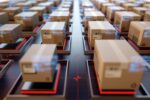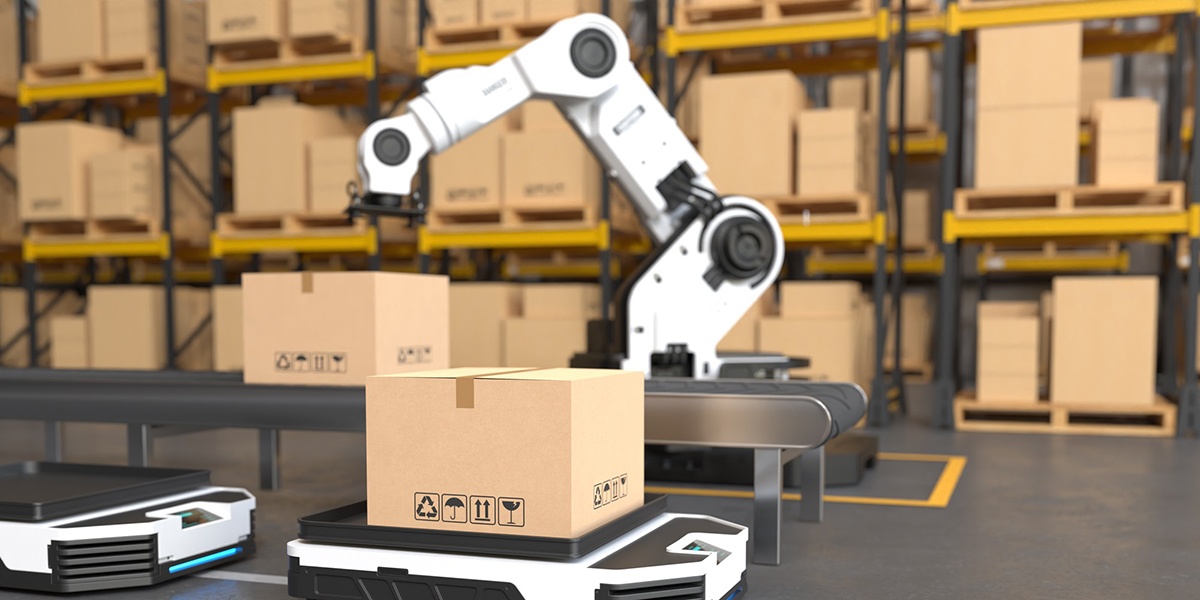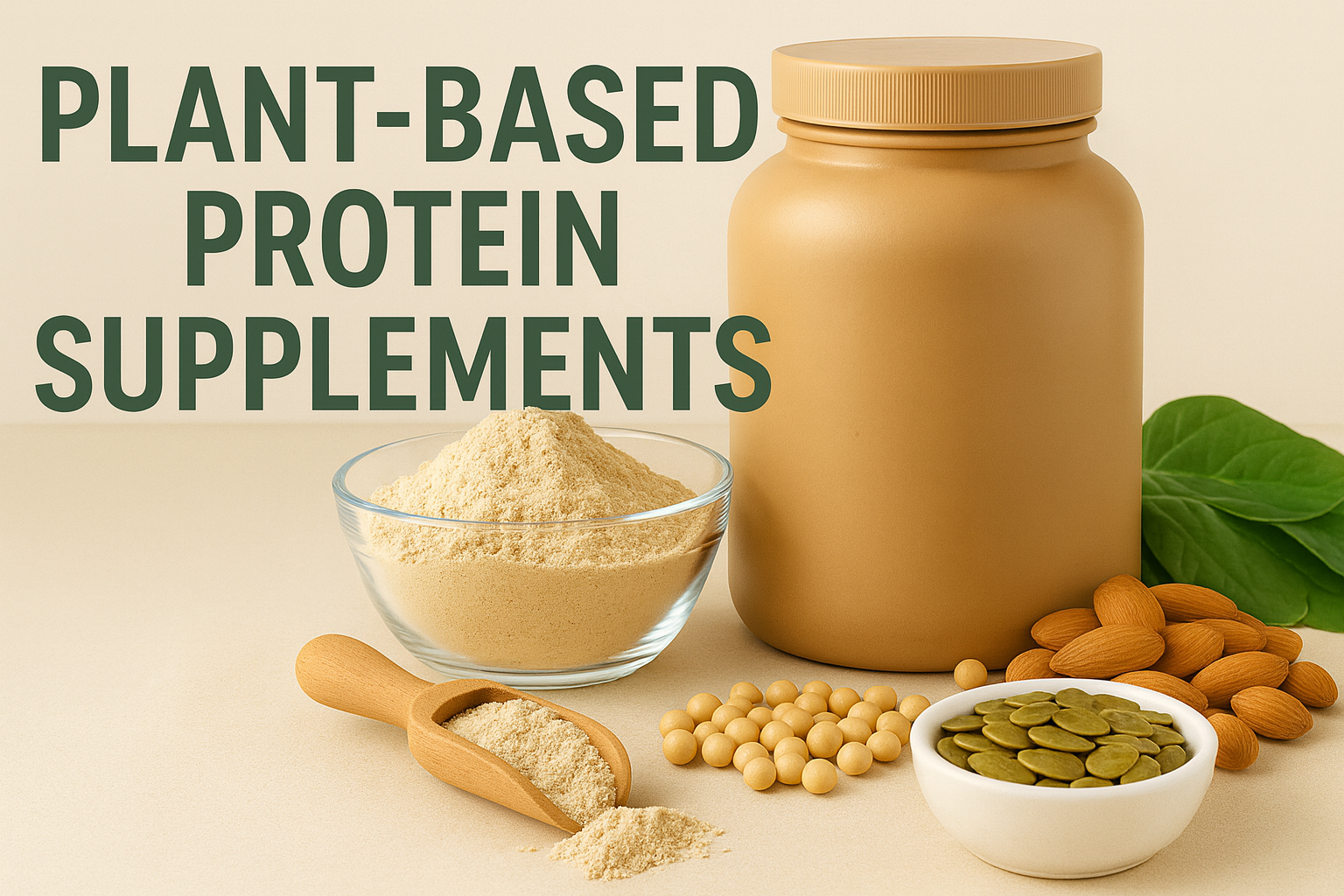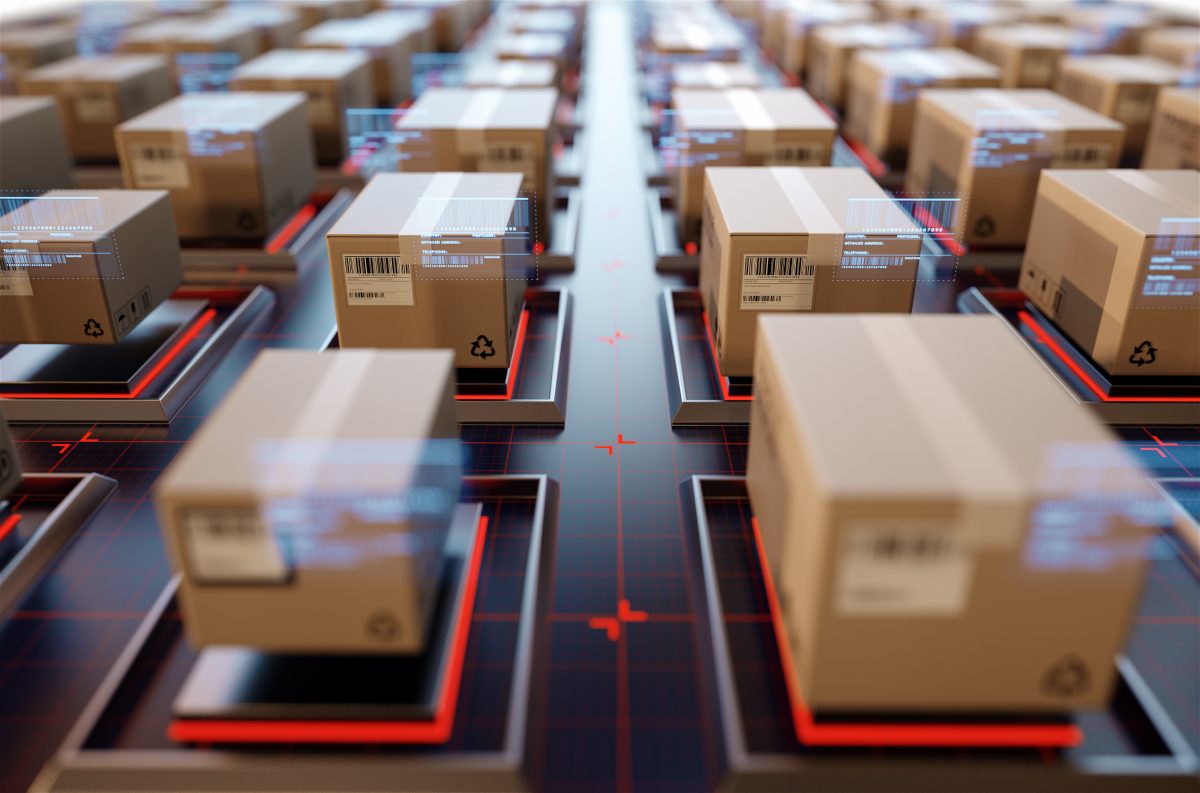Key Highlights:
- The generative AI in packaging market enables brands to create hyper-customized designs for regions, festivals, and audiences—boosting brand loyalty and emotional connection.
- AI-driven tools help brands reduce material waste, use biodegradable resources, and support circular economy goals, turning sustainability into a strategic market differentiator.
- According to Grand View Research, the Generative AI in Packaging Market is projected to reach USD 6,260.2 million by 2033.
- From FMCG and beauty to e-commerce and luxury brands, companies are leveraging AI to speed up design cycles, enhance efficiency, and deliver creative packaging solutions faster than ever.
- The generative AI in packaging market is evolving beyond design, becoming a strategic enabler that blends creativity, intelligence, and sustainability to drive long-term brand value.
The Generative AI in Packaging Market is redefining how brands create first impressions. Packaging has always been more than just a container; it tells a story, reflects sustainability, and connects emotionally with consumers. But in today’s fast-moving world, packaging must do much more, and AI is making that possible.
From creating thousands of unique design variations in seconds to optimizing material usage and predicting consumer preferences, generative AI is revolutionizing packaging at every level. What once took weeks of prototyping can now be completed in hours with the help of AI-driven creativity. This shift is positioning generative AI not just as a design tool but as a strategic enabler for brands looking to stand out in competitive markets.
According to Grand View Research, the global generative AI in packaging market is projected to reach USD 6,260.2 million by 2033, fueled by demand for personalization, sustainable packaging solutions, and automation. As industries from food & beverages to cosmetics embrace this technology, AI-driven packaging is no longer futuristic; it is becoming a mainstream differentiator.
Why Generative AI in Packaging Market is Trending Now
The generative AI in packaging industry is gaining rapid traction as brands seek more personalization and deeper consumer engagement. Generative AI enables the creation of hyper-customized packaging designs, from limited-edition releases to region-specific variants, that strengthen emotional connections and build lasting brand loyalty.
Sustainability is another powerful growth driver shaping this market. AI-driven design simulations allow companies to reduce material waste, optimize structure, and use fewer resources without compromising durability or aesthetics. This innovation helps brands meet their ESG goals while aligning with the values of eco-conscious consumers.
Speed-to-market advantages further amplify the market’s growth. By leveraging data from past campaigns and customer feedback, generative AI predicts which packaging concepts will succeed before production begins. This capability shortens design cycles and helps companies in sectors such as FMCG, cosmetics, and e-commerce launch faster and stay ahead of the competition.
The New Design Language: Personalization at Scale
One of the biggest challenges in the generative AI packaging market is balancing brand consistency with consumer personalization. Generative AI makes this possible by producing thousands of unique, consumer-targeted packaging designs without manual intervention.
- Hyper-Personalized Branding: Imagine a beverage company rolling out packaging designs inspired by regional cultures or festivals. Artificial Intelligence can generate endless variations tailored to local markets.
- Speed to Market: What once required long design cycles is now achieved rapidly, allowing brands to respond to seasonal demands or social trends.
- Consumer Engagement: Custom packaging powered by AI fosters stronger emotional connections with consumers, especially among Gen Z and millennial audiences who value individuality.

Sustainability in the Generative AI in Packaging Market
Sustainability has become a core growth driver for generative AI in packaging industry, as brands increasingly seek efficient and eco-friendly solutions. By simulating packaging lifecycles and analyzing consumer behavior, generative AI empowers companies to design smarter, more sustainable packaging that aligns with global environmental goals.
AI-driven design models optimize material usage by creating structures that require less plastic, cardboard, or ink, all without compromising durability or shelf appeal. They also recommend recyclable and biodegradable materials, enabling companies to support circular economy initiatives and reduce their overall carbon footprint.
In the generative AI in packaging market, sustainability and efficiency go hand in hand. Smarter, lightweight designs lead to reduced shipping weights, cutting logistics costs and emissions. For eco-conscious consumers, this transformation turns packaging from a necessity into a visible expression of a brand’s responsibility toward the planet.
Enhancing Consumer Engagement with Interactive Packaging
Packaging is evolving into a storytelling tool, and generative AI is powering this evolution with hyper-personalized and interactive designs. Smart QR codes, AR-based unboxing experiences, and AI-generated visuals are creating deeper connections between brands and consumers.
- Personalization at Purchase: Dynamic labels can adapt to buyer demographics or seasonal campaigns.
- Interactive Experiences: AI-powered packaging can unlock games, recipes, or product authenticity checks through smartphones.
- Brand Loyalty: Personalized packaging experiences encourage repeat purchases and stronger consumer-brand relationships.
In an era where customer attention spans are shrinking, AI-powered packaging provides a unique way to stand out.
AI-Driven Innovation in the Generative AI in Packaging Market
The generative AI in packaging industry is no longer confined to the design studio, it is transforming every stage of the packaging lifecycle, from concept creation to consumer experience. Its impact now spans industries, reshaping how brands approach creativity, efficiency, and sustainability in packaging.
- FMCG & Retail: Global brands like Nestlé and Unilever are using AI to create localized packaging designs rapidly, align with regional cultural cues, and respond to market shifts in real time.
- Luxury, Fashion & Beauty: High-end brands are embracing AI-driven personalization to deliver unique, limited-edition packaging that strengthens brand storytelling and customer loyalty.
- E-commerce & Logistics: AI generates packaging that balances cost-efficiency, durability, and an engaging unboxing experience, helping online retailers stand out in a crowded market.
- Food & Beverage Innovation: AI optimizes packaging to extend shelf life, improve labeling compliance, and support sustainability initiatives such as recyclable materials.
- Sustainable Packaging Startups: New entrants are leveraging AI to design packaging that uses fewer resources, reduces carbon footprint, and supports circular economy models.
What truly sets the generative AI in packaging market apart from traditional design technologies is its self-learning and iterative nature. Every new dataset, from consumer feedback to material availability, makes these systems smarter, enabling them to generate creative, sustainable, and market-ready packaging solutions at scale.
Conclusion
The Generative AI in Packaging Market is emerging as a powerful force, blending creativity with intelligence. From sustainable solutions to hyper-personalized consumer engagement, AI is transforming packaging from a cost center into a strategic brand asset. As adoption accelerates, companies that embrace AI-driven packaging today will gain a competitive advantage tomorrow. The future of packaging is not just about wrapping products; it is about designing intelligent, sustainable, and engaging experiences.
















